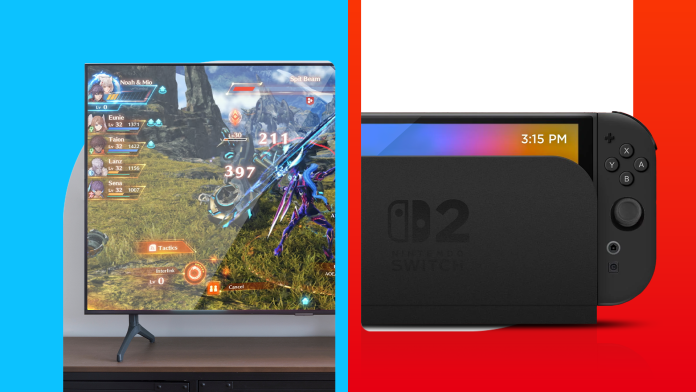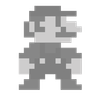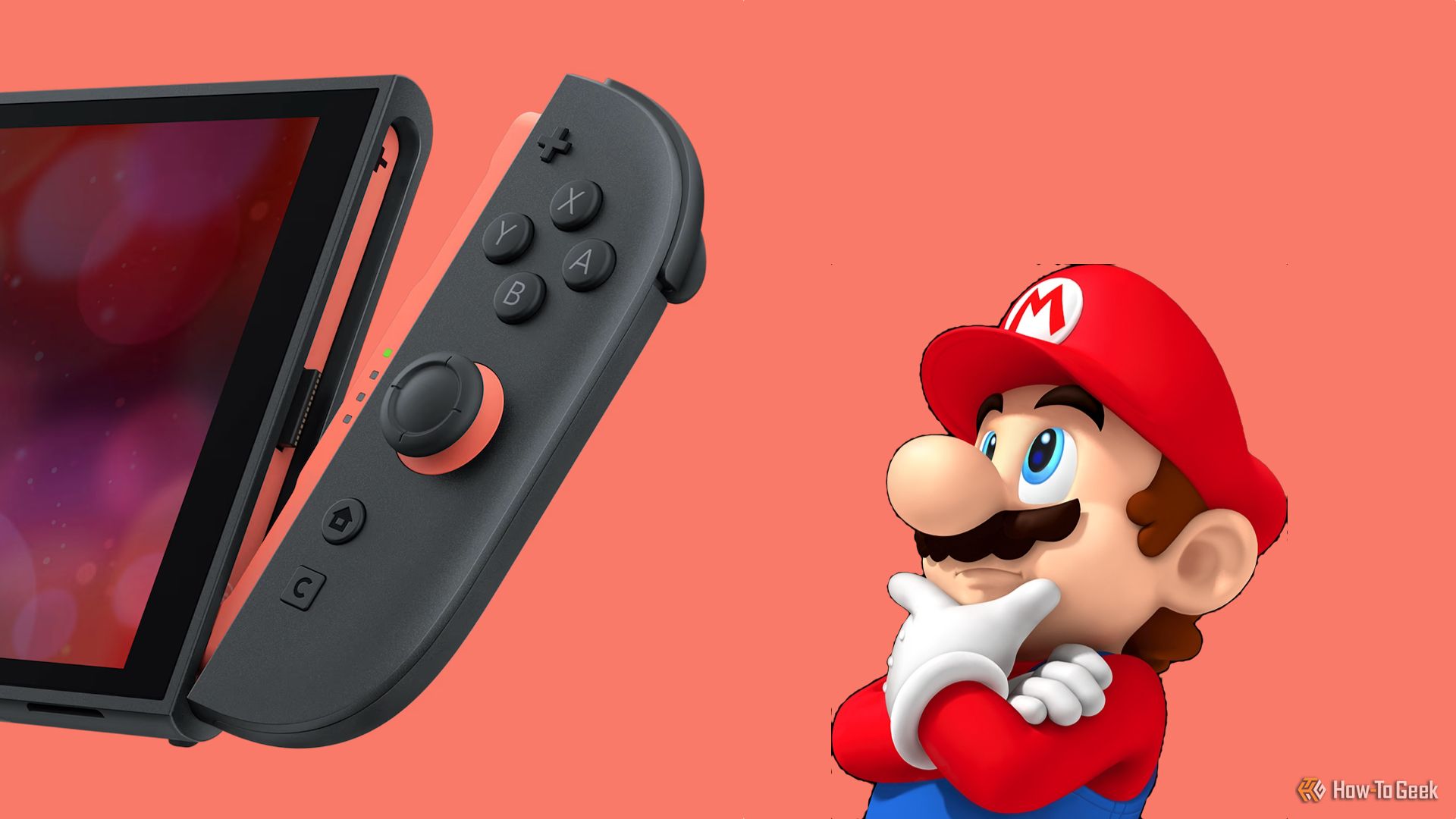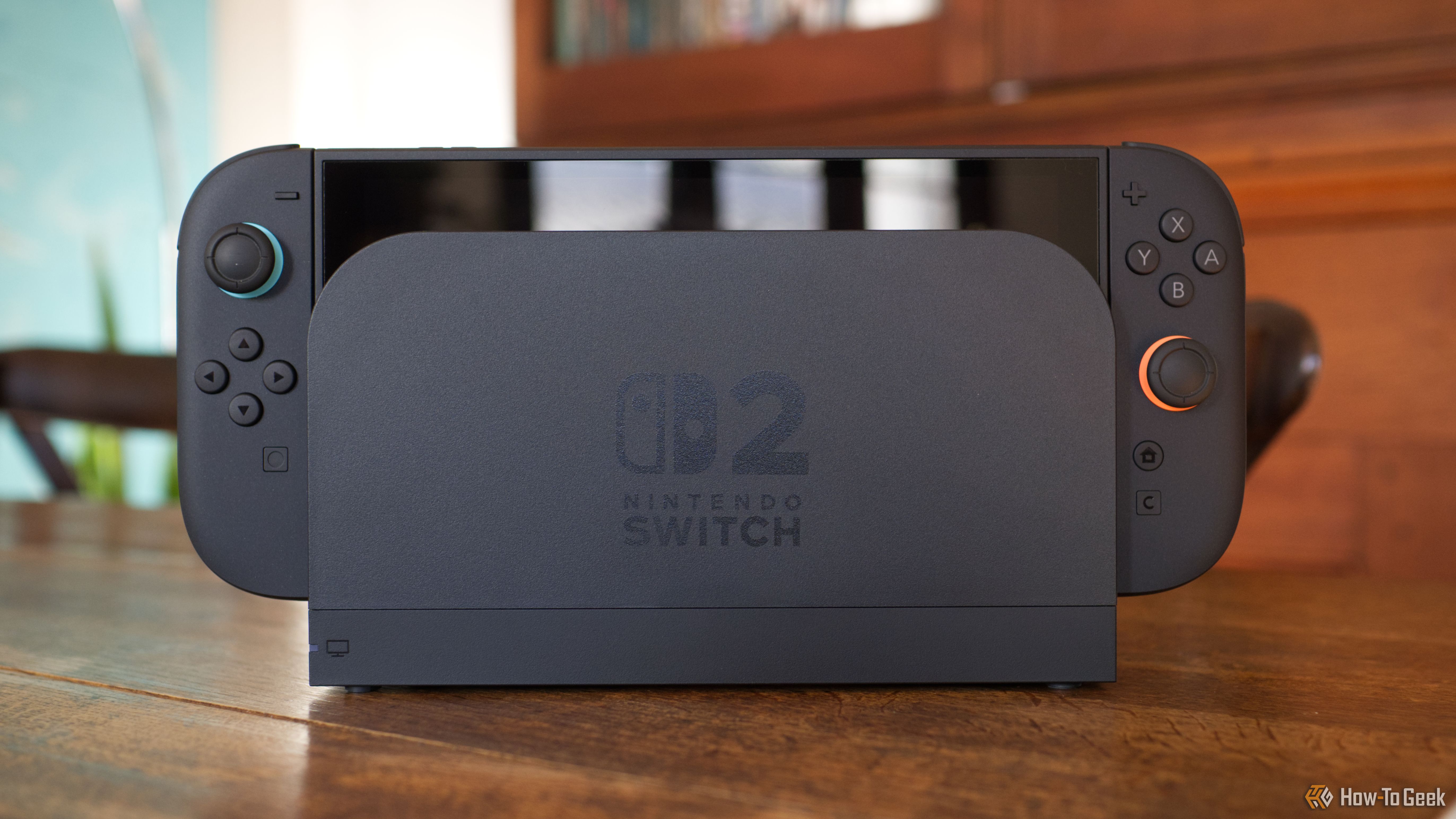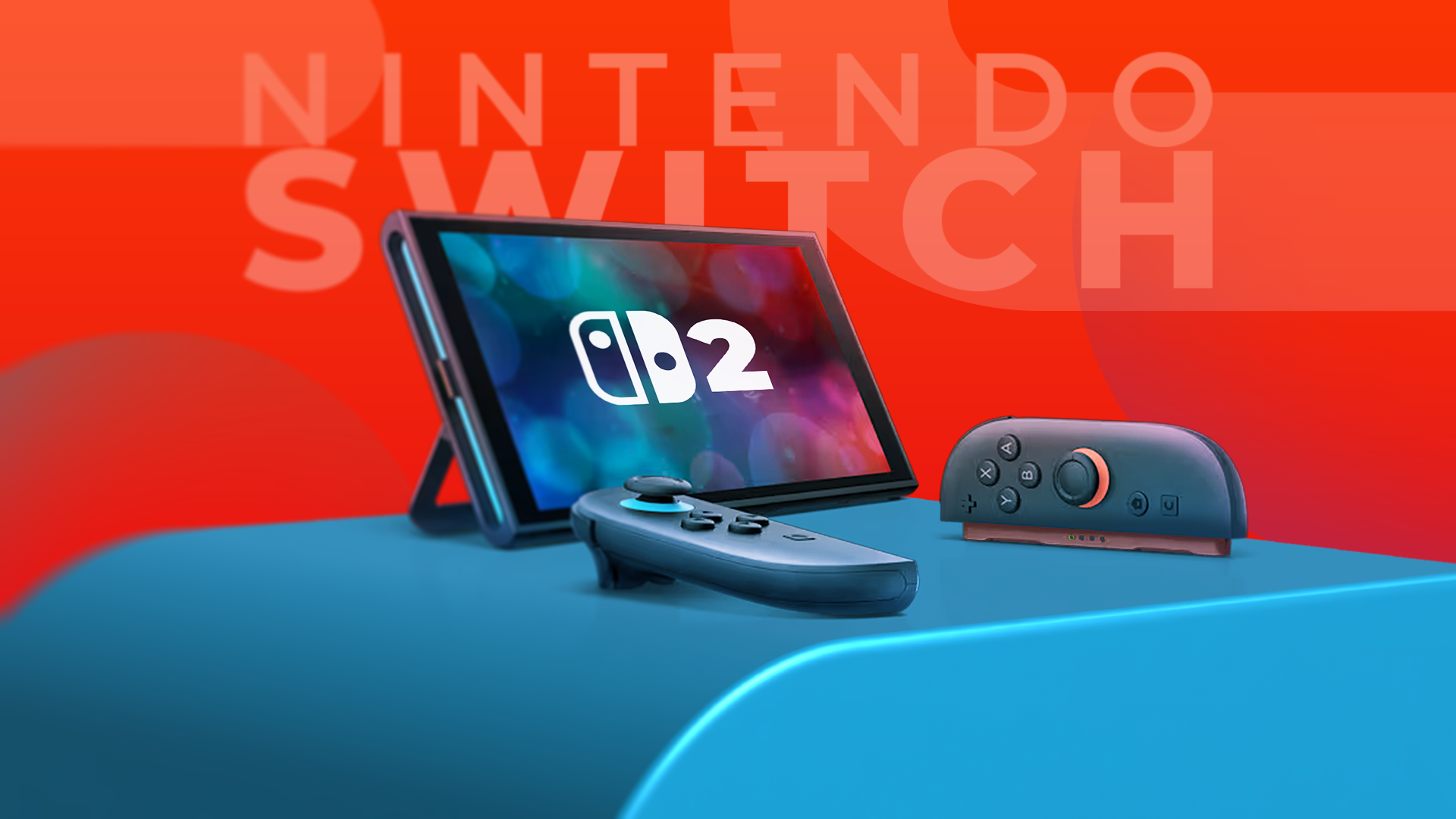Thanks to a shipping snafu, I only received my Nintendo Switch 2 a week after launch, but since then I’ve been making up for lost time. However, like most people, what I’ve mainly ended up playing are original Switch games, but taking advantage of the additional horsepower of the new console.
Sadly, the vast majority of original Switch games have not received patches to help them take advantage of the new hardware, so the benefits are limited. However, as I’ve discovered, the best thing the Switch 2 can currently do for Switch 1 games, is make them shine in docked mode.
Later Switch Games Looked Terrible Docked
I got the original Switch not long after its launch back in 2017, and while I mainly bought it as a handheld system (Skyrim handheld? Wow!) I ended up playing it docked much more than I thought I would. Almost all the 140 hours I spent in Fire Emblem: Three Houses, for example, was in docked mode.
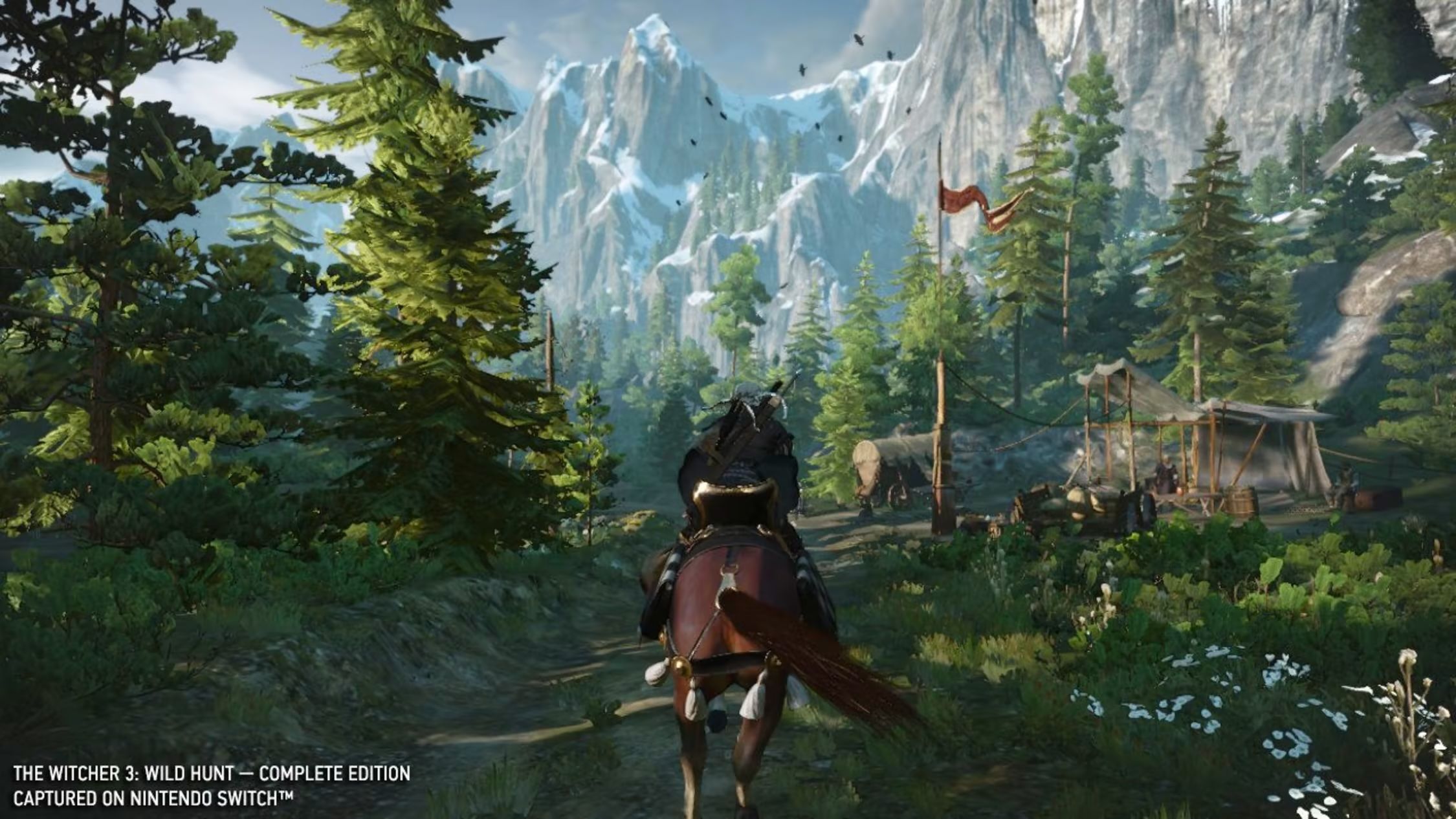
However, as time went on, I started doing this less and less. The main reason was simply that later games, like The Witcher 3 and DOOM (2016) looked perfectly OK on the little Switch screen, but were awful and chunky when blown up on a TV. So, eventually, I started thinking of these games as “handheld only” and couldn’t imagine anyone having a good time playing them on a TV.
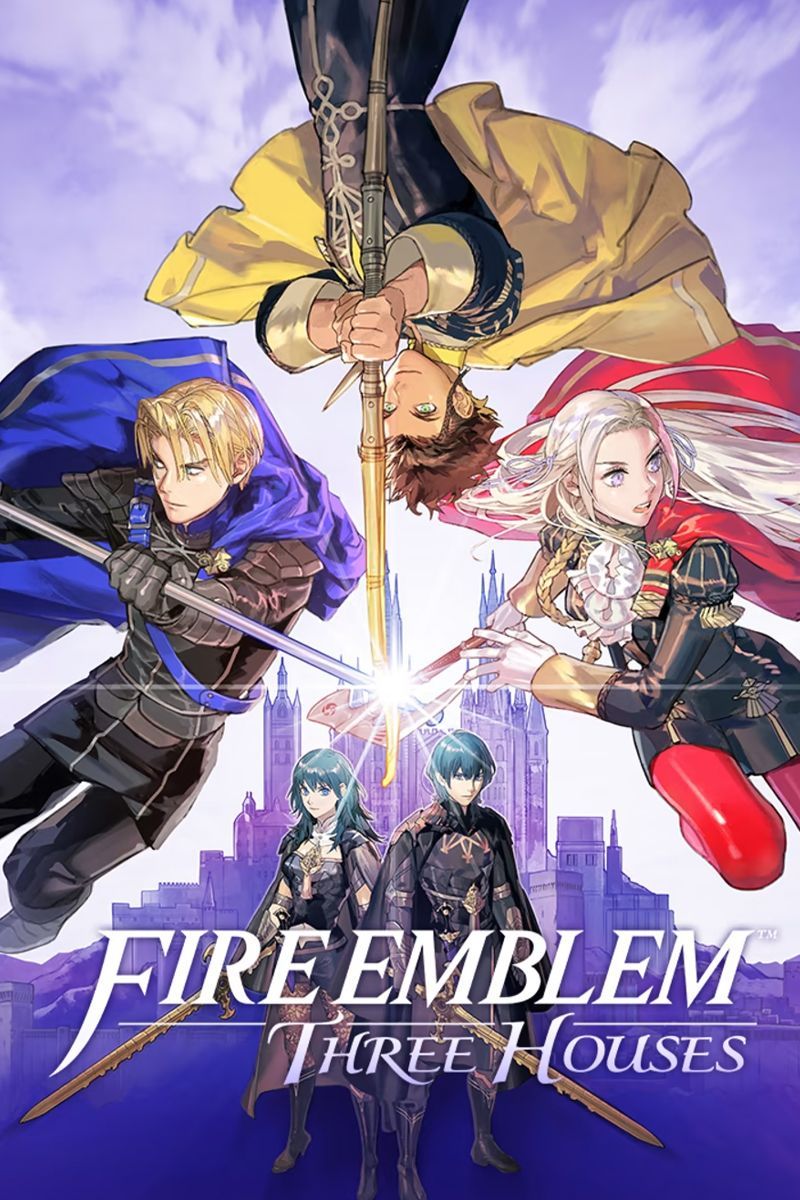
Basically, any Switch game that managed a fairly consistent 1080p (the maximum output resolution of the console) looked pretty darn good on a TV, 4K or otherwise. For the last year or two before getting my Switch 2, I rarely, if ever, played anything docked, except for retro 2D arcade games, which I often play using my arcade stick.
In fact, I was really avoiding buying new games for the console at all, because every review I saw on YouTube indicated low resolutions and poor frame rates. This is pretty much what happened towards the end of my PlayStation 3 and PlayStation 4 consoles’ lives too. Games were just too much for these systems at that point.
How the Switch 2 Enhances Unpatched Games
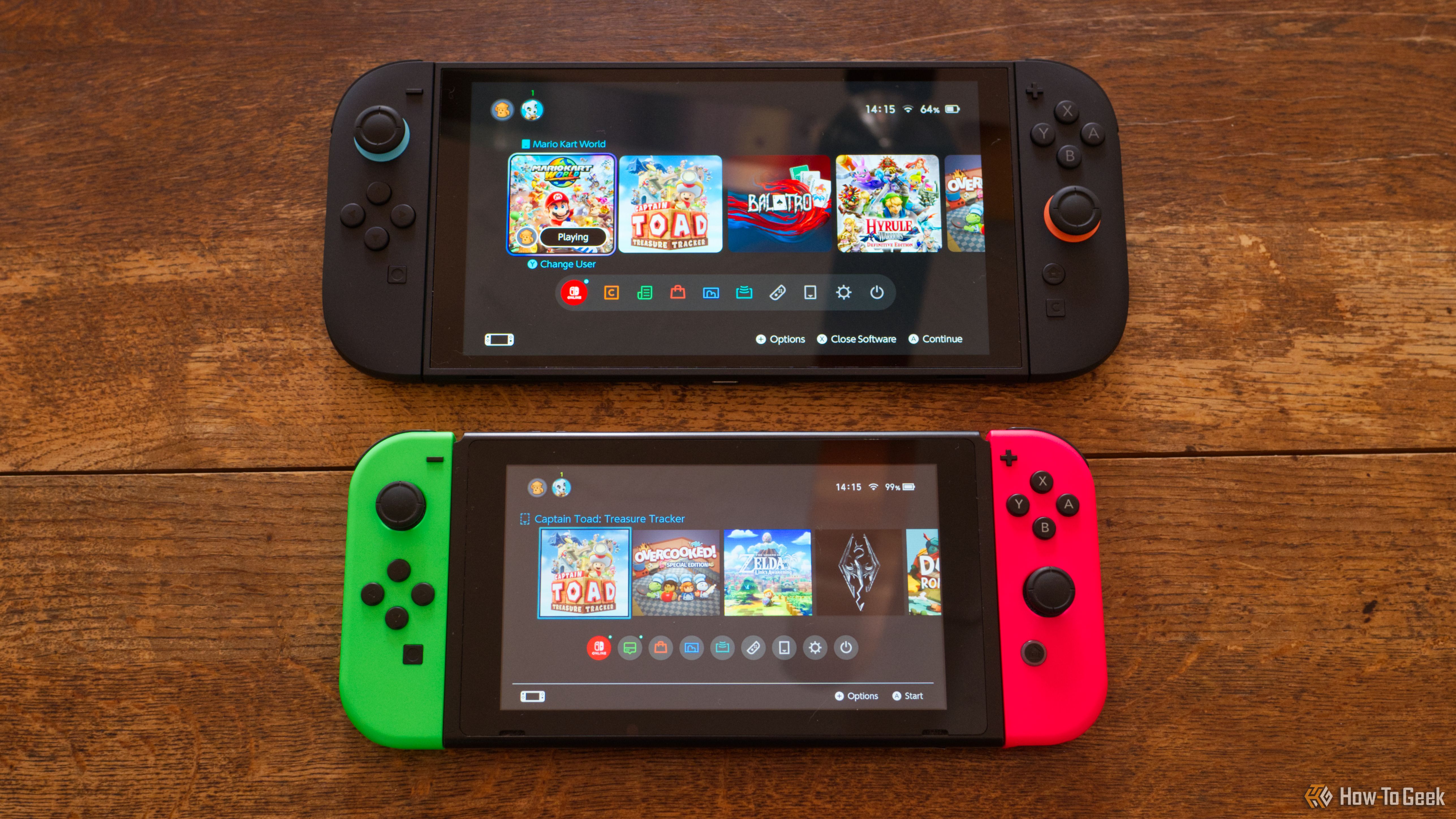
Unmodified original Switch games won’t perform better than they were designed to on a Switch 2 console. However, the truth is that these games almost never reach their intended maximum performance and image quality on original Switch hardware. So there is almost always a noticeable difference when playing a backwards-compatible game on Switch 2.
If a game has dynamic resolution scaling, then on Switch 2 it should now hit the resolution cap that’s programmed into it, something you may almost never have seen on the original Switch unless you were staring at the sky or the ground in-game. Likewise, if a game has a 30fps cap, you should now get a consistent, locked 30fps. If a game has an uncapped framerate, it should now hit 60fps consistently on Switch 2, where it might have jumped wildly between 30 and 60 on the original Switch hardware.
Loading times are generally much better too, but that doesn’t affect visuals in most games. However, games that make use of texture streaming can look way better as high-res textures stream in fast enough that you don’t have to see their muddy placeholders first.
Handheld BC Scaling Is Bad On Switch 2 at the Moment
This is generally a pretty decent improvement, and well worth owning a Switch 2 if you have an extensive game library like I do, but there’s one glaring issue.
Since the original Switch had a 720p screen, almost all games have a maximum target resolution set to 720p. So any game that has no patch to unlock its maximum resolution will never go over 720p in handheld mode. The Switch 2 applies an upscaling process to that 720p image in order to fill the larger 1080p screen on the new console,but the results are very mixed. To the point where some games simply look worse on the Switch 2 than on the Switch.
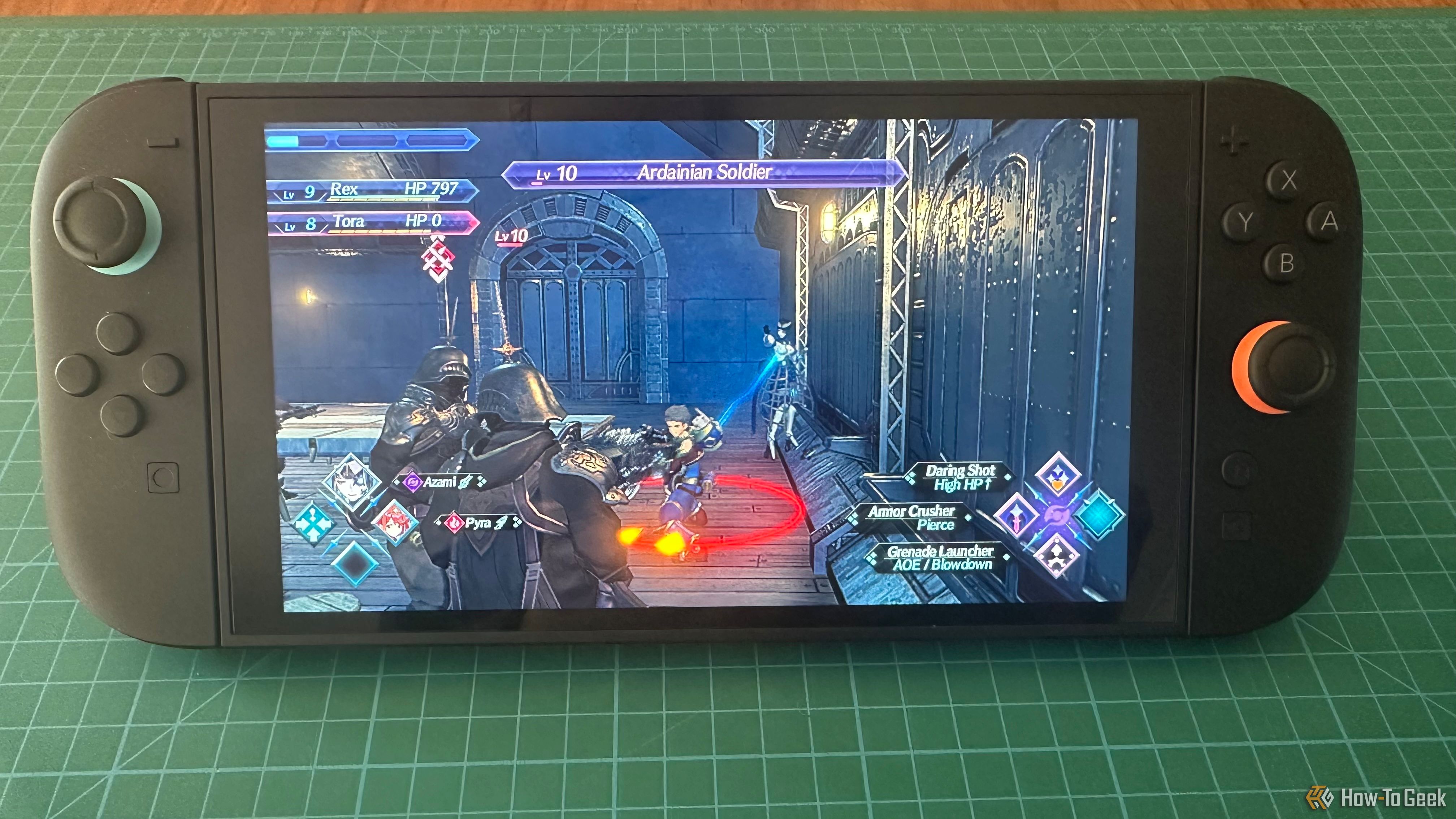
Xenoblade Chronicles 2 notoriously has a low and crunchy maximum resolution in handheld mode, and then gets upscaled to something that’s barely acceptable.
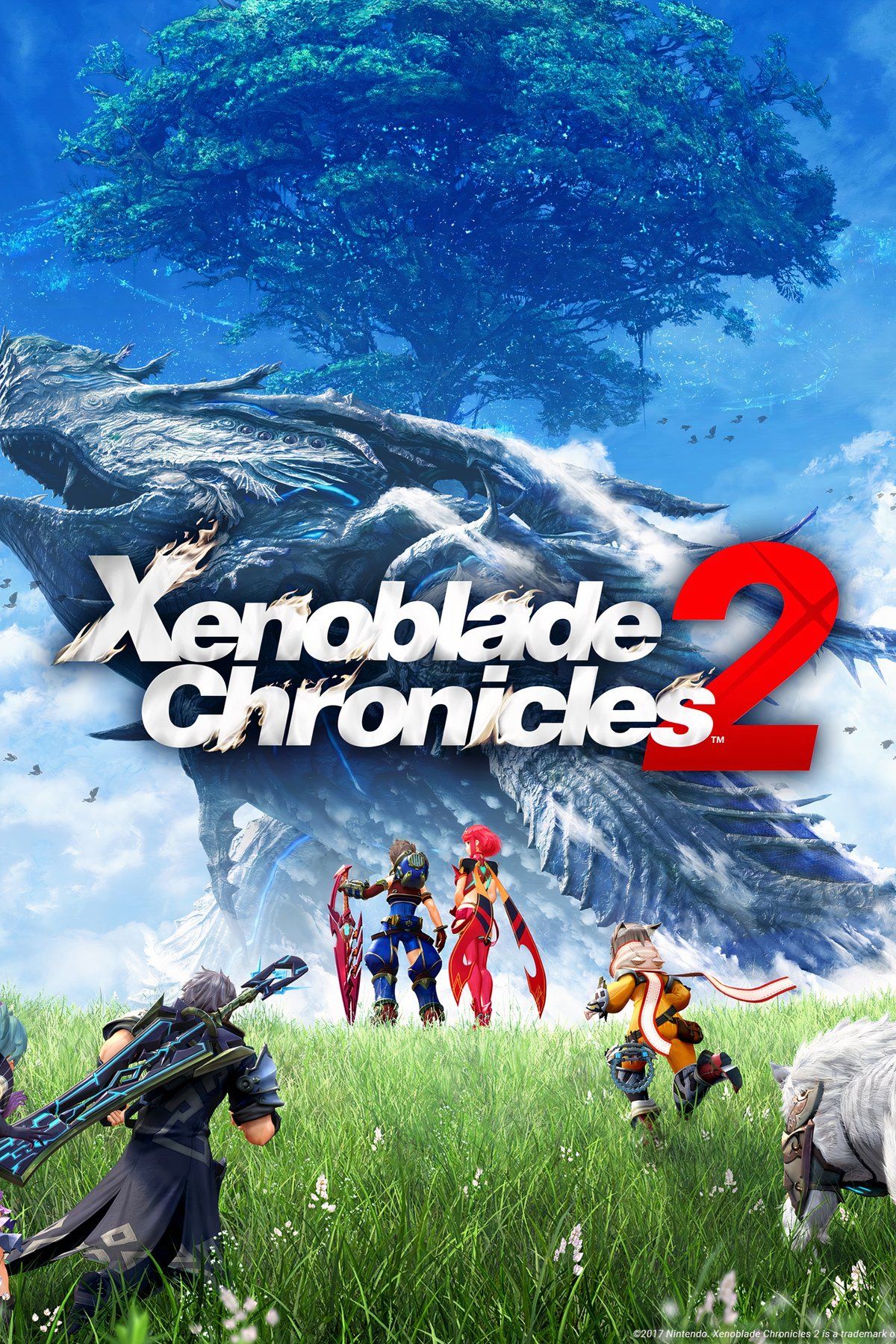
On the Switch 2, in handheld mode, I consider the game practically unplayable as it goes through multiple upscaling passes and ends up looking like an over-sharpened mess. If there’s any game that desperately needs a patch for Switch 2, it’s this second title in the series.
However, Xenoblade isn’t the only game that has issues like this, and those titles with maximum resolutions even below 720 in handheld mode, that then undergo upscaling on the original code, and then upscaling again, look awful.
Docked Switch Games Scale Wonderfully (and Run Great)
However, where Xenoblade 2 looks awful on the Switch 2’s own screen, it looks much better running on my TV than it did on the original hardware. The game sadly maxes out at 720p even in docked mode, but modern 4K TVs are designed to scale 720p and 1080p to 4K, since these are standard HD resolutions. Xenoblade is a bit of a worst case here as well, because plenty of Switch games have docked resolution targets of 1080p, which scales perfectly to 4K, since it’s simply a doubling of resolution on each axis.
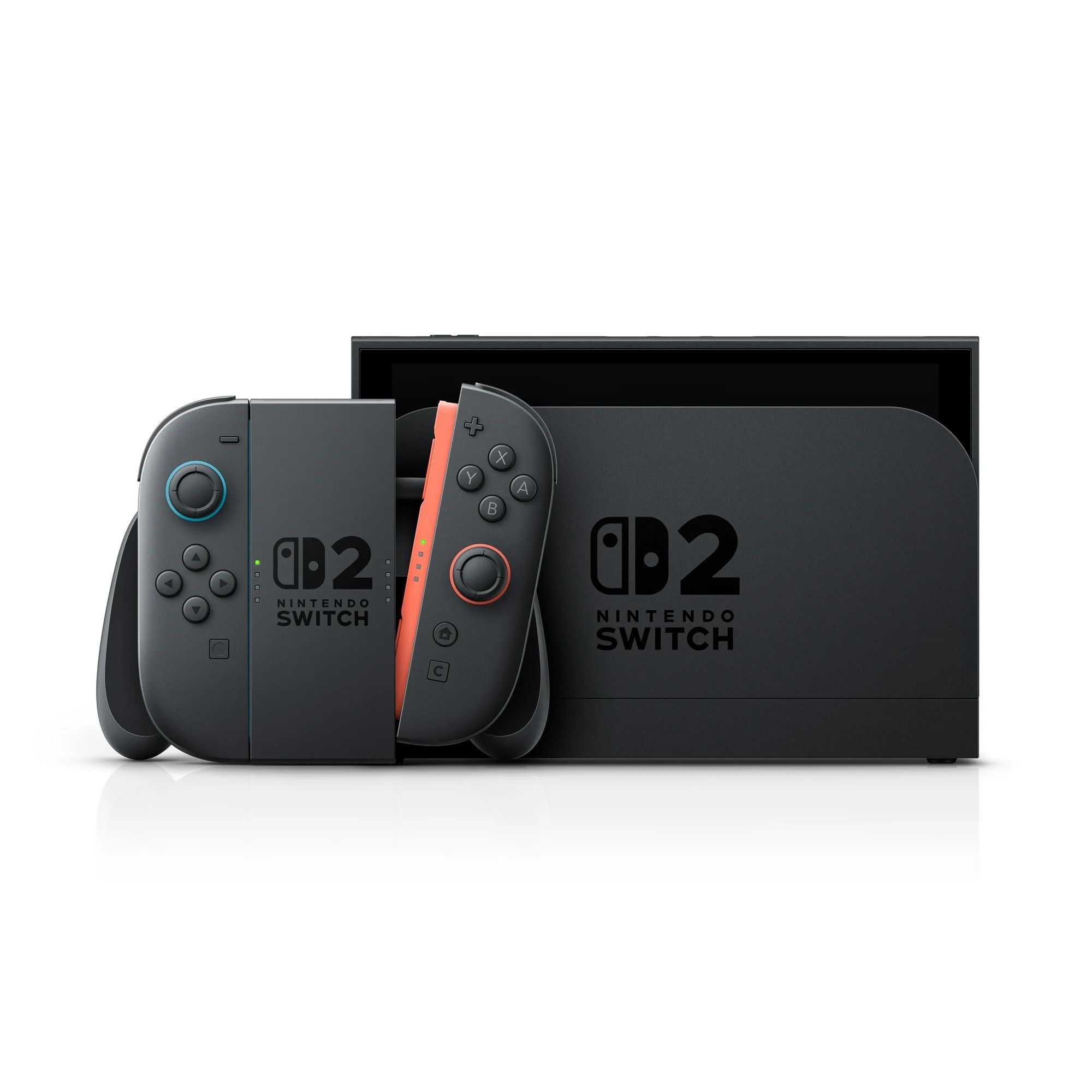
Nintendo Switch 2
- 4K Capability
- Yes, docked
- 4K Capabilities
- HDR
Since those original Switch games that target 1080p on original hardware are now hitting that target with perfect consistency, the visual stability and sharp scaling on either my Samsung QLED or LG OLED looks phenomenal. In every game I’ve tried, the docked results far outpace the 720p to 1080p scaling that happens in handheld mode.
So the result is that my gaming habits have flipped compared to my original Switch, where I really only play Switch 2 games handheld, but now like to dock my Switch 2 to play original Switch games.
Of course, as developers start patching their games to hit higher resolution and frame rate targets on Switch 2 this situation will obviously change, but I have a feeling that the vast majority of Switch titles won’t get any further attention from their respective developers, which is sad, but ultimately understandable. Now only if Nintendo could achieve what Microsoft did, and remove resolution and frame caps from games without needing developer support—hey, a man can dream!
